Applications and innovations in the Internet of Things (IoT)
hackerearth
MARCH 5, 2019
The Internet of Things (IoT) is a system of interrelated devices that have unique identifiers and can autonomously transfer data over a network. Health insurance companies may find data capture by IoT-enabled wearables useful for detecting frauds and validating claims.


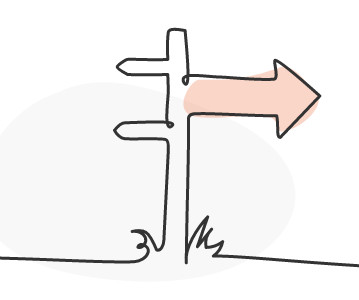

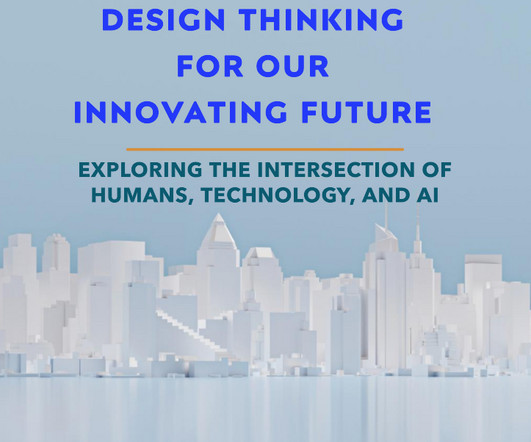



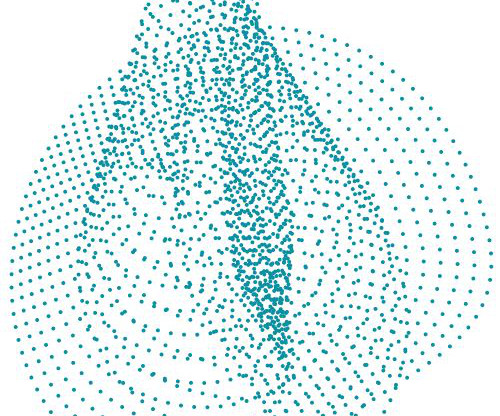




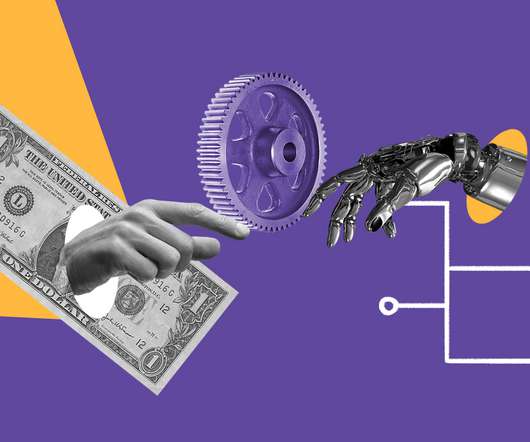








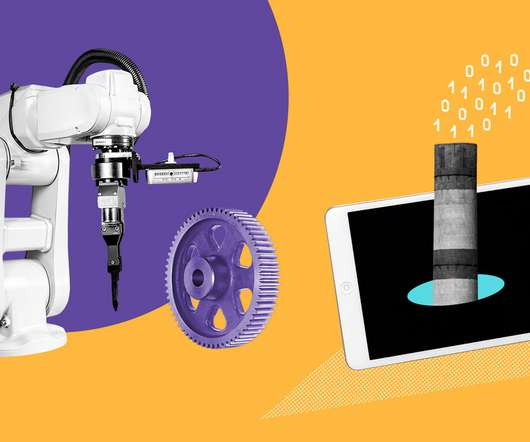




















Let's personalize your content